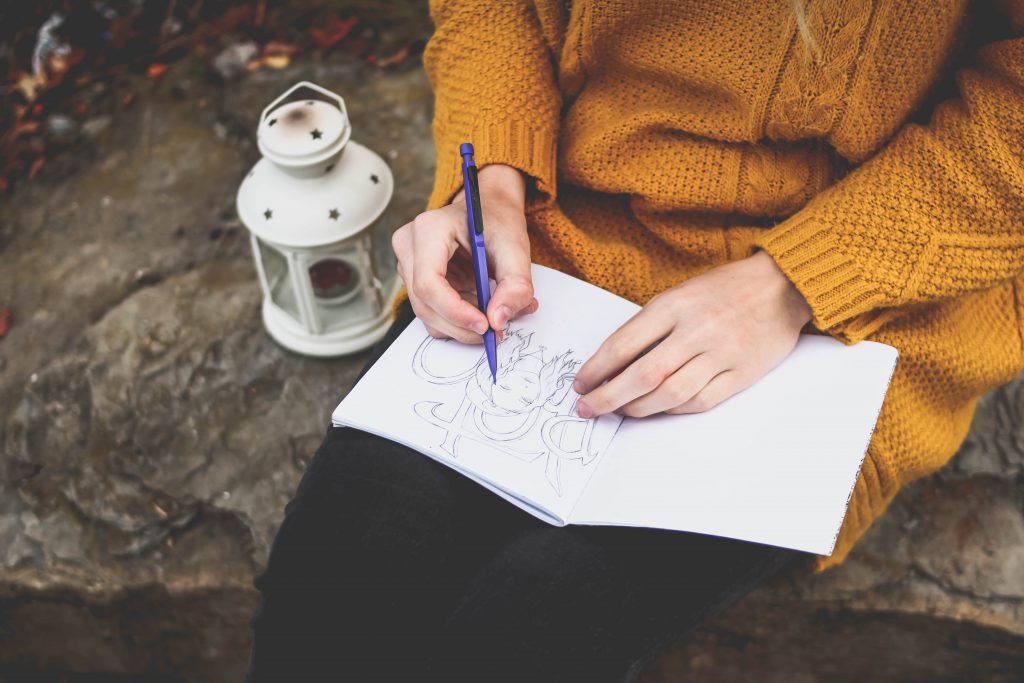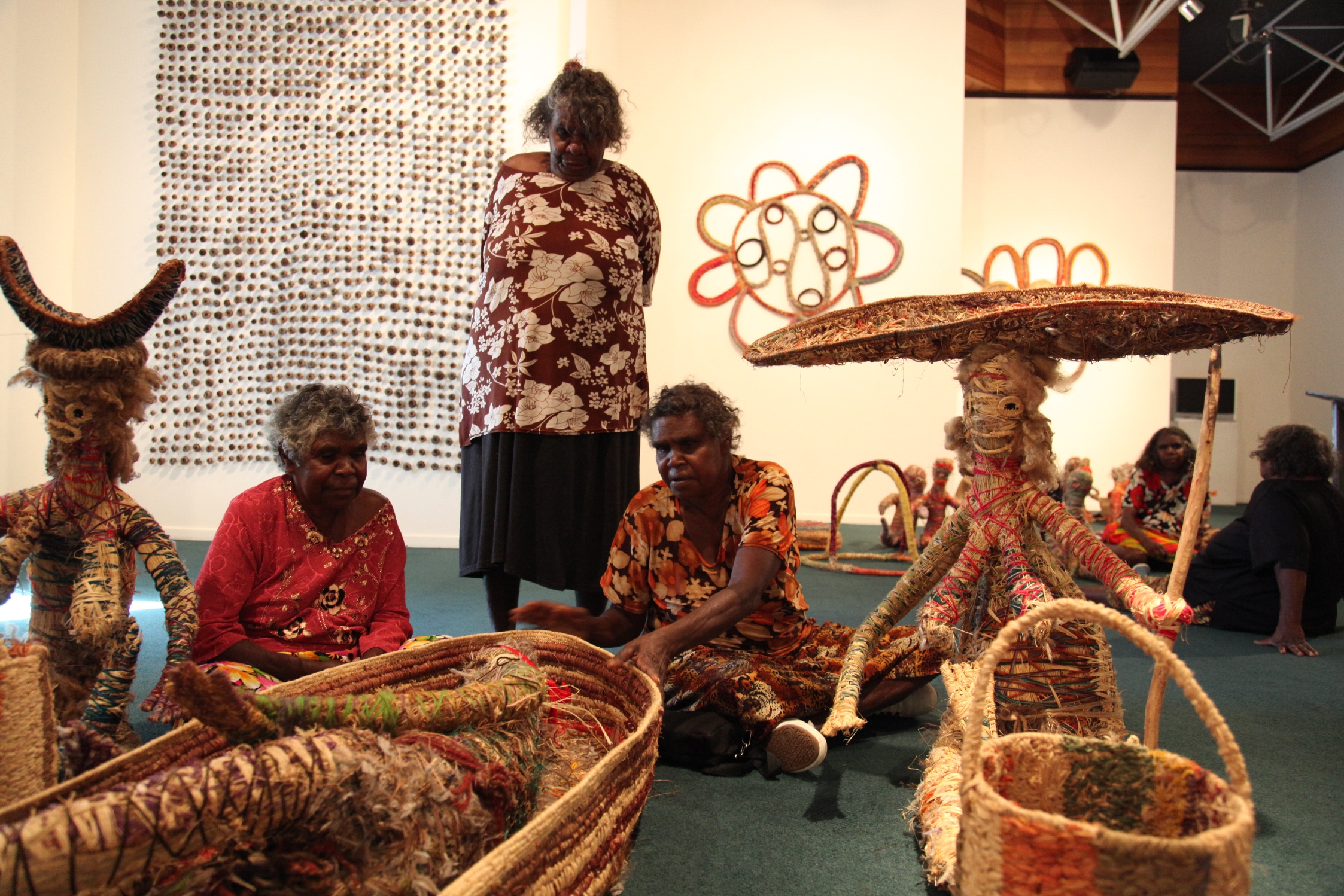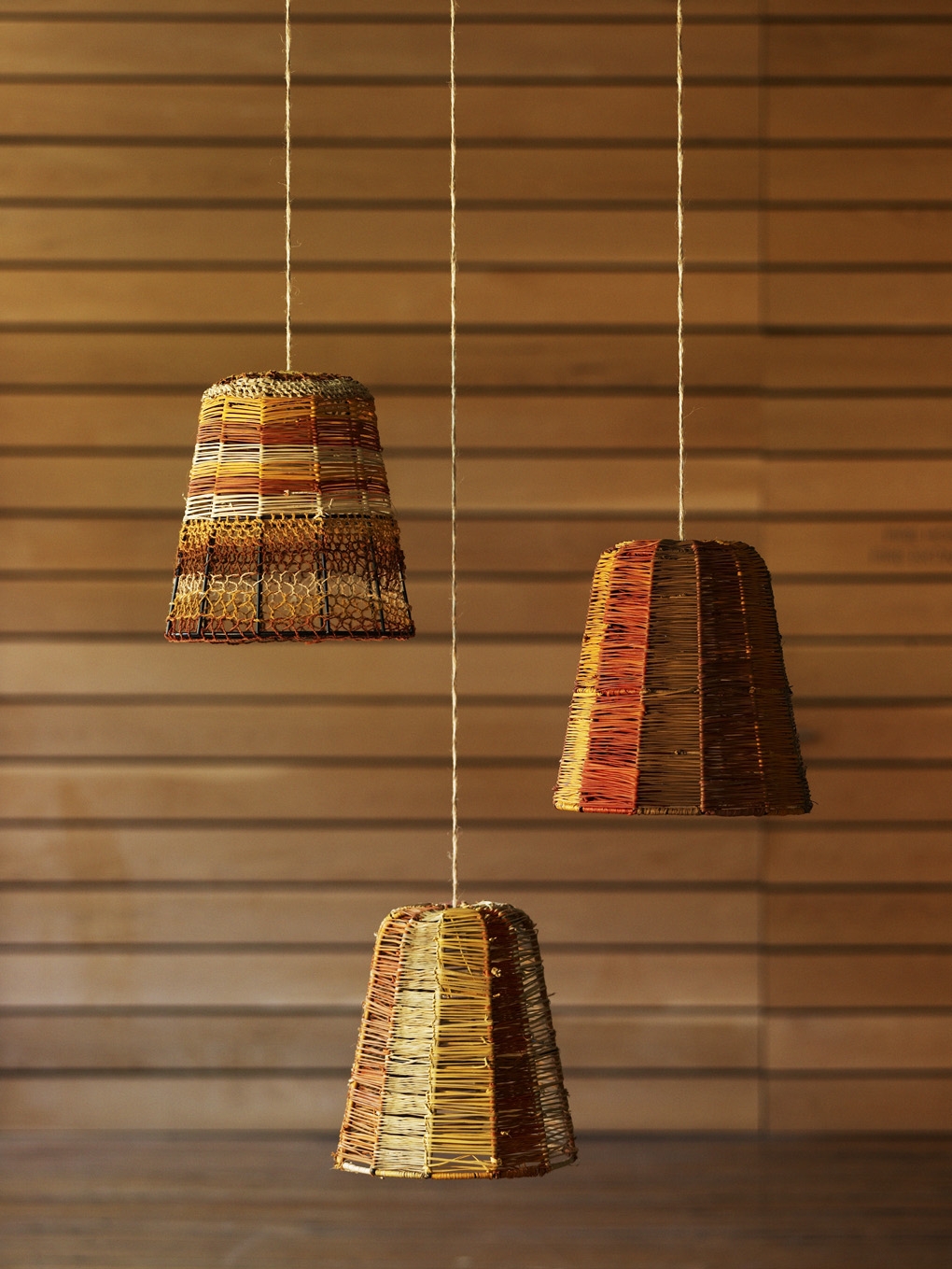Ravenswood Australian Women’s Art Prize 2020

Arts Law regularly reviews the terms and conditions of competitions and rates them out of five stars. Our review looks broadly at the terms and conditions of a competition. In particular, we look closely at how a competition deals with an entrant’s copyright and moral rights and consider this in light of the prize. Entrants should always take into account the possible profile-raising which may result from being a finalist or winner.
By accepting the terms and conditions of a competition, entrants should be aware that they may be entering a legally binding contract.
For more information, see our free information sheet on competition conditions. Artists are welcome to contact Arts Law for legal advice on the terms of a competition. We also invite competition organisers to contact Arts Law for best practice assistance to make their terms and conditions fairer for artists.
Please note: Prior to February 2018, Arts Law’s rated out of five stars only the terms of a competition which dealt with copyright and moral rights (using our previous rating systems https://www.artslaw.com.au/advocacy/prizes-and-competitions). Arts Law’s competition reviews are now more holistic, such that our rating out of five stars now reflects a broad review of all the terms and conditions of the competition.
Review
This month, Arts Law has reviewed the terms and conditions of the Ravenswood Australian Women’s Art Prize in New South Wales, Australia.
The deadline for this competition is 18 March 2020.
Read the terms and conditions of this competition here.
Arts Law has rated this competition 4.5 out of 5 stars.

Arts Law reviewed this art prize last year and gave it a 4 out of 5. At the time the competition organiser indicated that they were going to look at improving the terms for this year. This year, we are pleased to see that the organiser has made some positive changes to the terms to make them more artist friendly and we have increased their score to 4.5.
This is an annual art prize and exhibition, conducted by Ravenswood School for Girls (the ‘School’). The aim of the prize is to assist with promoting and raising the profile of female artists. In addition to the two usual categories: the ‘Professional Artist Prize’ and the ‘Emerging Artist Prize’, a new category has been announced, the ‘Indigenous Emerging Artist Prize’. In general, entrants for all categories must be an Australian resident, a female over 18 years of age and entries may be in any artistic medium.
All prize categories are acquisitive, meaning that the School acquires the winning artworks. However, there are generous cash prizes; $35,000 for the winner of the ‘Professional Artist Prize’ and $5,000 each for the winner of the ‘Emerging Artist Prize’ and the ‘Indigenous Emerging Artist Prize. Plus, works of the winners and finalists will be exhibited at the School. The finalists’ works must be available for sale at the exhibition and finalists can set the retail price of the artwork which is fair.
Copyright
All finalists (not just the winners), give the School a royalty-free, non-exclusive licence to reproduce their works. The terms set out the different purposes this licence can be used for ranging from promoting the artist, their work, the school and the prize, to use in publications, and for educational and research purposes. It is good that there are these parameters around what the licence can be used for, and that it is a non-exclusive licence (meaning the artist is free to license to other third parties). Further we are very pleased to see that the School took on Arts Law’s feedback to expressly state that the licence is ‘non-commercial and does not extend to any merchandising uses (such as coffee cups or postcards)’.
Initially there was no limit in the terms for how long the licence runs for. This made sense in respect of the winning artworks, given it is an acquisitive prize and as such it is reasonable for the organiser to want to make copies of works it owns at any time in the future (provided the licence is limited to non-commercial use). However, now they have limited the licence in duration for a term of 5 years from the date the exhibition opens.
As an aside, it is also good to see that they have specified the use of low-resolution images for use on websites and social media, as this may lower the risk of infringement by third parties.
Moral rights
Under the law, an artist has moral rights including the right to be credited for their artwork and for their artwork to be dealt with integrity (that is, no changes or treatment to the work which affects their artistic integrity).
When reviewing last year’s terms and conditions, Arts Law identified that they were silent on moral rights. It is great to see that this year the organisers have addressed moral rights.
The terms now state ‘the School will use its best endeavours to ensure that the moral rights of entrants are respected, including by supplying a relevant artist’s name to third parties (such as newspapers and magazines) and using its best endeavours to ensure images are credited’. While it is good to see moral rights referred to, best practice would be to replace language like ‘reasonable endeavours’ with a positive statement that the School will always credit the artists
In relation to any uses of the works, the School has stated it ‘will maintain the integrity of artworks and will not make any changes (including cropping) to images of an artwork without first obtaining the artist’s permission, unless reasonable in the circumstances to do so.’ While this was a great addition, it is disapppointing that the terms then state that ‘The School will not be liable for damages for any breach of this term, but will use its best endeavours promptly to remedy any breach of this undertaking’. This is unfair for artists and not best practice.
Attribution for Indigenous Cultural Intellectual Property
With the addition of the ‘Indigenous Emerging Artist Prize’, Arts Law was very pleased the School took on the recommendation to include a statement around their willingness to attribute relevant Indigenous language groups or communities for the use of their cultural heritage material in artworks. When reproducing artworks by Indigenous artists, in addition to crediting them it is also best practice to acknowledge any Indigenous community where requested by an Artist to do so.
What else?
The artists should note the commissions the School will take (which seem fair) in respect of works sold at the exhibition. Entrants should be mindful of the different commission arrangement should the entrant be contracted to a gallery. Artists should also note the terms around collecting their works at the end of the exhibition and when the School can destroy uncollected works – the terms are reasonable on this.
Last year, the terms were a bit confusing around whether the artist or the School would be responsible for any loss or damage to their artwork while it is in their possession. The terms have now been updated to say that works ‘will be insured while it is in the possession, custody or control of the School’, this is good as best practice is for the school to insure the artworks when they are in the school’s care. However, artists should be aware that the School says it ‘will not be responsible for any loss or damage to a Finalist’s Artwork above the amount recoverable under the School’s insurance policies. Artists would no doubt want to understand exactly how much the amount recoverable is. ]
To conclude
Overall for the winners, the prizes are good (particularly the cash prize for the Professional Artist Prize) and for all finalists and winners there is an opportunity for profile raising through the exhibition.
However, for a perfect 5 out of 5 rating, the School should undertake to always credit artists and to delete the term limiting the School’s liability for altering works without permission.
You can lodge a query with us here if you would like to obtain advice from Arts Law about this competition.
Further Information
Please email us at [email protected] to tell us about any competitions or prizes you think we should check.
See more about Arts Law’s campaign to improve competition terms and conditions in the Prizes and Competitions section.




